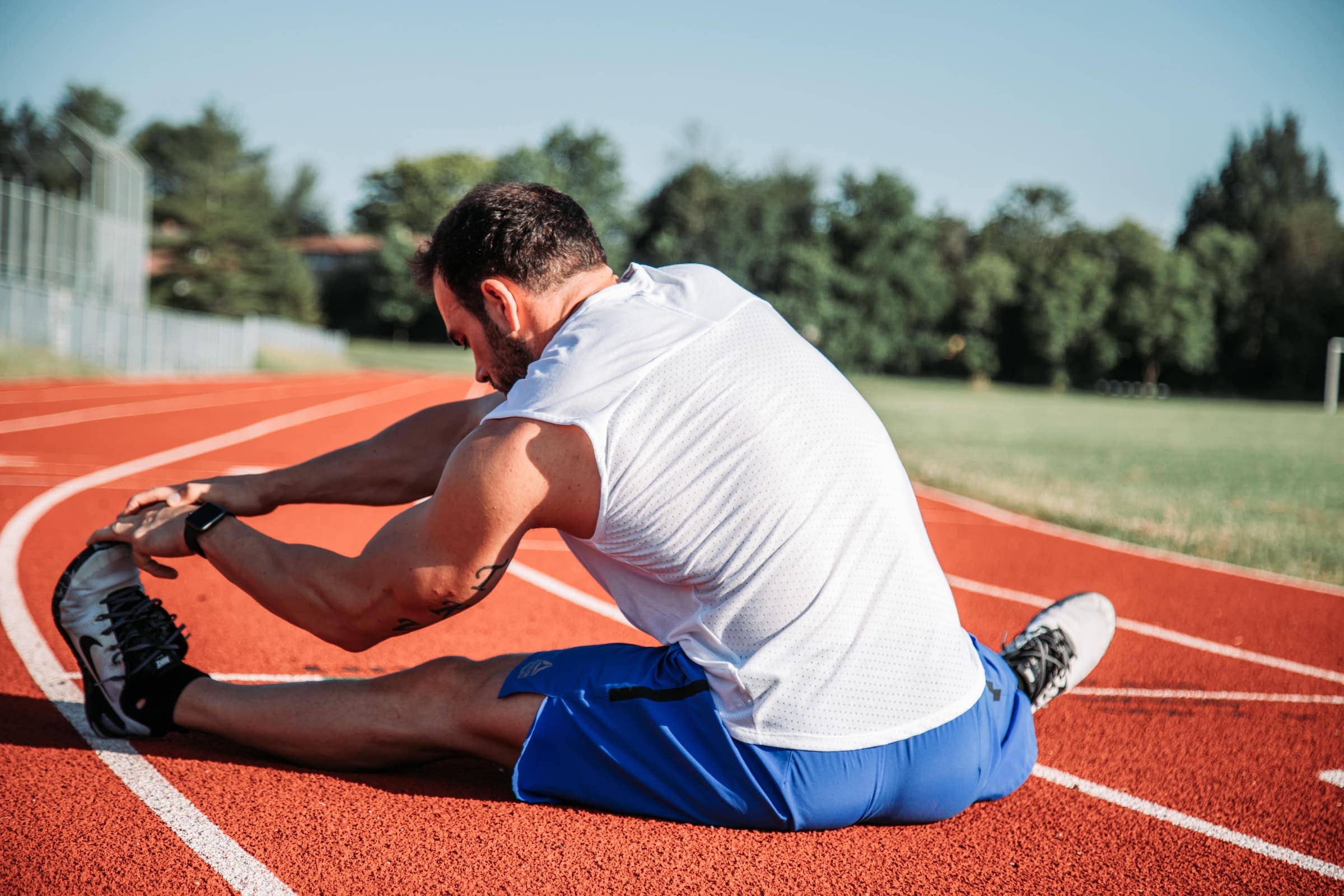World Mental Health Day, taking place on October 10th every year is designed to raise awareness of mental health issues and mobilise efforts in support of mental health.
2022 is a key year for mental health awareness and support due to the ongoing effects of the coronavirus pandemic, the cost of living crisis and political uncertainty.
Estimates from the pandemic alone show a 25% increase in anxiety and depressive disorders compared to 2020. Liz Shaw, Health & Fitness Tutor & Assessor at The Training Room, shares her knowledge and advice on the relationship between mental health and exercise.
Mental health and exercise
It is well documented that exercise is beneficial for improved mood and that elevating the heart rate increases our “happy hormones”.
It takes about 30 minutes of aerobic exercise to elevate serotonin levels: running, cycling, biking and such appear to be most effective, but anything that raises the heart rate – from Pilates to lifting weights – will have some benefit, though less extreme.
Bear in mind also that this is not simply a ‘quick fix’: a study by the University of Vermont suggested the lifted mood can last up to 12 hours.
In the meantime, research into exercise aiding stress and anxiety is ever-growing. Essentially, when exercising we intentionally induce the stress response (heart rate elevates, breathing quickens, muscles clench faster and stronger, thoughts race); importantly we follow this ‘intentional’ stress by consciously creating the relaxation response (cool down and stretching ensure that heart rate slows, breathing returns to normal, muscles start to relax).
It appears that “practising” the stress- and relaxation responses in this way increases our ability to consciously manage these responses ourselves, supported by studies showing that stress hormone levels are lowered after exercising.
Mental health and exercise in the workplace

All of these factors provide us with some fabulous tools to support mental well-being in the workplace. In today’s tech-led world, many of us spend hours at a time largely sedentary and desk-based. Creating regular opportunities to get moving and elevate the heart rate can both “move your mood” and reduce stress.
Try the ideas below, and try recording the results. Use a “happiness score” or a “stress score” depending on what you are trying to address: you could either score yourself 1-10 before and after, or by using various emojis.
Try the following every working day over the next week:
- Take regular movement breaks throughout your day
- Set a timer on your phone – preferably every 40 minutes – to get up and get going:
- Walk twice around the office
- Go up and down 2 flights of stairs
- Offer to do an errand for someone that’s a couple of blocks away
- Do NOT be afraid that this will take too much time from your working day – the very act of changing focus and getting the heart rate up will actually ensure increased focus when you return
- Set a timer on your phone – preferably every 40 minutes – to get up and get going:
- Try a little ‘office yoga’
- Try mobilising the spine with a couple of “roll downs” each time you boil the kettle or use the coffee machine
- Do a simple, standing hamstring stretch and hip flexor stretch each time you pop to the loo
- Roll the head and neck regularly and breathe into any tight spots whilst sitting at your desk
- Find opportunities throughout your day to get up and walk; every little bit helps to increase those daily steps.
- Get off the train or bus a stop early and walk the last bit
- Try a “walk and talk” phone call rather than staying desk-bound
- Book any lunch meetings a little further from your base to force you to walk there.
Remember too that if you can do any of the above whilst outdoors this will improve focus too – and if you can add in some greenery, the theory of forest bathing suggests you’ll help relieve stress levels and improve your immunity too!
Finally, don’t forget that the cool-down theory outlined above can also massively impact any stressful situations that might arise during the working day.
If approaching deadlines are bringing on the stress response (back to that racing heart, quickened breathing, tightened muscles and spinning thoughts) then taking time to practice a few basic stretches and a little deep breathing will help relieve those stress levels, bringing YOU back in control….and hence improving both wellbeing and productivity: it’s a win-win!
The Training Room
The Training Room provides career-focused personal training courses, each year supporting over 4,000 fitness fanatics on their journey to becoming expert PTs and helping their future clients improve their own physical and mental health.
The Training Room offers a number of packages including the Elite Nutrition Package, Elite Strength & Conditioning Package and the Master Package, depending on your goals. Get in touch today to start your PT journey.





